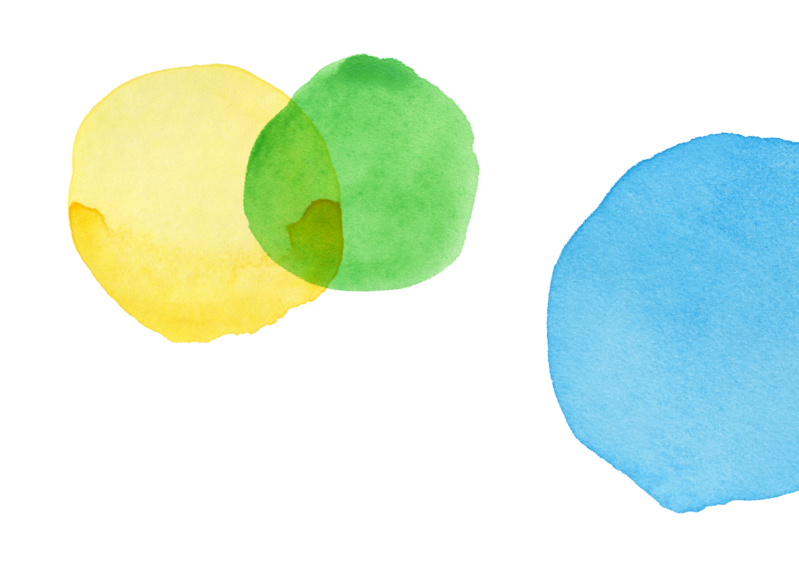Grade 3 - Claim 1 - Target A

 Back to Results
Back to ResultsMathematics
Target A
Represent and solve problems involving multiplication and division
Sample Item
Grade 3Test
Claim 1
Concepts and Procedures
Standards
OA-1
Interpret products of whole numbers, e.g., interpret 5 × 7 as the total number of objects in 5 groups of 7 objects each. For example, describe a context in which a total number...
OA-2
Interpret whole-number quotients of whole numbers, e.g., interpret 56 ÷ 8 as the number of objects in each share when 56 objects are partitioned equally into 8 shares, or as a number...
OA-3
Use multiplication and division within 100 to solve word problems in situations involving equal groups, arrays, and measurement quantities, e.g., by using drawings and equations with a symbol for the unknown number...
OA-4
Determine the unknown whole number in a multiplication or division equation relating three whole numbers. For example, determine the unknown number that makes the equation true in each of the equations 8 ×...
Clarifications
Tasks for this target require students to use multiplication and division within 100 using single-digit factors to solve straightforward, one-step contextual word problems in situations involving equal groups, arrays, and measurement quantities such as...
Range Achievement Level Descriptors
Evidence Required
1
The student uses multiplication and division within 100 to solve straightforward one-step word problems in...
2
The student determines an unknown whole number in a multiplication or division equation relating three whole...
Item Guidelines

Depth of Knowledge
M-DOK1
Recall includes the recall of information such as fact, definition, term, or a simple procedure, as well as performing a simple algorithm or applying a formula. That is, in mathematics a one-step, well-defined, and straight algorithmic procedure should be...
Allowable Item Types
- Equation/Numeric
Allowable Stimulus Materials
arrays, equal-group models, drawings, graphics of measuring tools (scale, balance, measuring cup)
Key/Construct Relevant Vocabulary
multiply, divide, array, liquid volume, mass, equation, product, quotient, grams, kilograms, liters
Allowable Tools
None
Target-Specific Attributes
Numbers required to solve multiplication or division problems must be within 100 and use single-digit factors.
Accessibility
Item writers should consider the following Language and Visual Element/Design guidelines [1] when developing items. Language Key Considerations: Use simple, clear, and easy-to-understand language needed to assess the construct or aid in the understanding of the...
Development Notes
The tasks coding to standards 3.OA.A.1 and 3.OA.A.2, which probe student understanding of the meanings of multiplication and division, will be assessed in Claim 4. Equal groups problems can also be stated in terms of...


Task Models
Task Model 1a

Item Types
Equation/NumericDepth of Knowledge
M-DOK1Standards
OA-3
Target Evidence Statement
The student uses multiplication and division within 100 to solve straightforward one-step word problems in situations involving equal groups, arrays, and measurement quantities such as length, liquid volume and masses of objects.
Allowable Tools
None
Task Description
Prompt Features: The student is prompted to solve a one-step contextual word problem. Stimulus Guidelines: Products for multiplication problems must be within 100 and single-digit factors. Item difficulty can be adjusted via these example methods: Student solves for...
Stimulus
The student is presented with a one-step word problem for a situation involving an array composed of objects familiar to 8–9 year olds.
Example 1
Example Stem 1: There are 3 rows of pictures with 2 pictures in each row.
How many pictures are there?
Enter your answer in the response box.
Rubric: (1 point) The student correctly enters the solution (e.g., 6).
Example 2
Example Stem 2: The pictures on a page in a picture album are in 3 rows and 2 columns.
How many pictures are on the page?
Enter your answer in the response box.
Rubric: (1 point) The student correctly enters the solution (e.g., 6).
Example 3
Example Stem 3: Tim has 6 pictures arranged into 3 equal rows on a page.
How many pictures are in each row?
Enter your answer in the response box.
Rubric: (1 point) The student correctly enters the solution (e.g., 2).
Example 4
Example Stem 4: Claire arranges 6 pictures into an array with 3 rows.
How many columns of pictures are in the array?
Enter your answer in the response box.
Rubric: (1 point) The student correctly enters the solution (e.g., 2).
Example 5
Example Stem 5: Chris arranges 6 pictures into equal rows of 2 pictures.
How many rows are there?
Enter your answer in the response box.
Rubric: (1 point) The student correctly enters the solution (e.g., 3).
Example 6
Example Stem 6: Lisa arranges 6 pictures into an array with 2 columns.
How many rows of pictures are in the array?
Enter your answer in the response box.
Rubric: (1 point) The student correctly enters the solution (e.g., 3).

